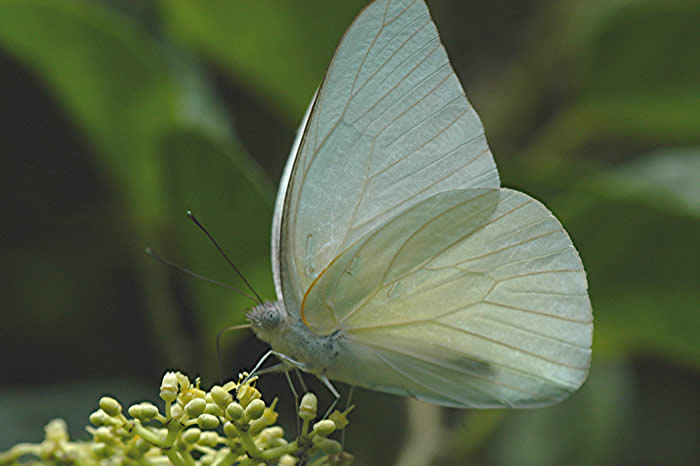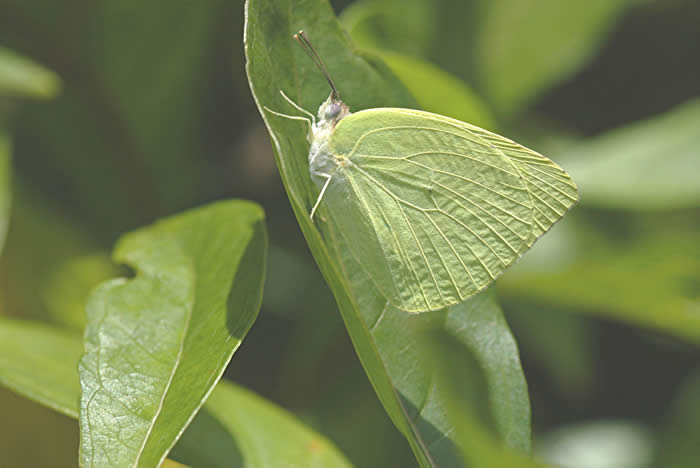South Florida Butterfly Conservation
Recent DevelopmentsFlorida Bonneted Bat (1 of 2) Florida Bonneted Bat (2 of 2) |
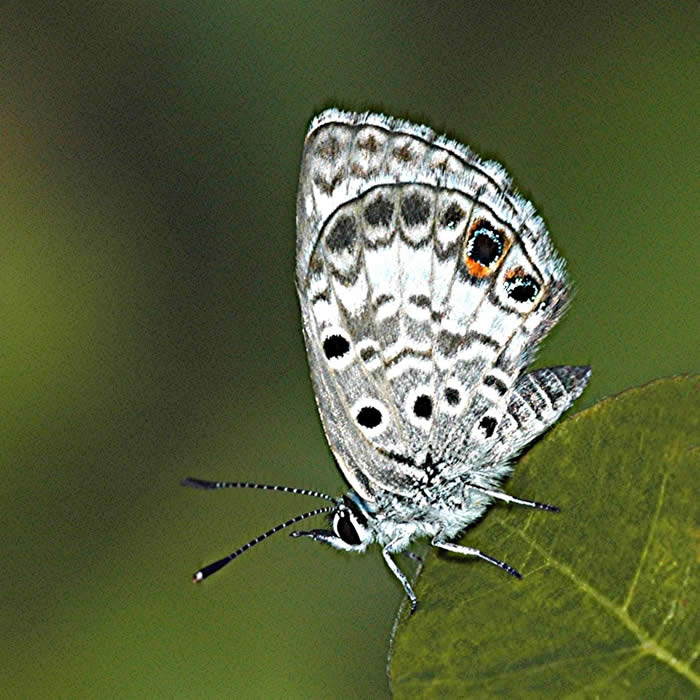 Miami Blue the NABA Chapter Mascot Photo by David L Lysinger |
Rare or Endangered Butterflies
Feeling Blue in Miami
An overview of our imperiled butterflies
Rare or Endangered Butterflies
See the list of imperiled South Florida species.
Miami Blue
Rare, rarer, rarest?
Schaus’ Swallowtail
Going downhill and we’re not sure why.
Zestos Skipper
Lost to Florida — can we learn from its extirpation?
Why have butterfly populations declined, and in some unfortunate cases, disappeared in South Florida?
Marc Minno, Ph.D., provides an overview in the Fall 2010 issue of American Butterflies . Read his piece.
Citizen Science: Another Form of Conservation Action
The Florida Natural Areas Inventory (FNAI) Survey of Imperiled South Florida Butterfly Species depended upon volunteer citizen scientists, including Miami Blue members. This is our biggest in-the-field citizen science endeavor in the protected pinelands, hammocks and wetlands of Miami-Dade and Monroe Counties — as well as parks and gardens — in search of two dozen species of concern. Our volunteer efforts and field skills made this three-year state funded effort possible.
Implementing a protocol designed by Dean Jue, Special Projects Director, FNAI, we surveyed protected natural areas in teams, both during the week and on weekends, and encouraged reports from home gardens, botanical gardens, recreational parks — wherever butterfllies find themselves and you find them.
Our MBC survey teams made at least one visit to 54 of our approximately 150 intended Miami-Dade protected natural areas, including restricted pine rocklands and hammocks, special access federally managed bases and stations, offshore keys in Biscayne National Park, off-the-beaten-path areas of the Deering Estate at Cutler, Zoo Miami, Vizcaya Museum and Gardens, newly restored areas of Virginia Key, as well as familiar recreational parks, such as AD Barnes Park, where viable habitat can be found.
While our priority and focus was the suite of state-listed imperiled species, we listed all butterfly species observed on a survey — and even the “common” butterflies surprise us.
We have been surprised by swarms (well, almost swarms) of Variegated Fritillaries at the edge of a little-known hammock n the redlands; Variegated Fritillaries are not FNAI-listed as imperiled, but finding them in huge numbers is also not a high probability event. What were they up to? Nectaring with gusto in lush patches of Phyla nodiflora (aka, Fog Fruit, Frog Fruit, and Creeping Charlie) and nearby Spanish Needle (Bidens alba).
Another species in unusally large numbers, although not an imperiled species, is the Sleepy Orange. Dennis Olle, MBC Vice President for Conservation, observed proliferation of the Sleepy Orange’s host plant, Sicklepod (Senna obtusifolia), a probable correlate of the surge in the butterfly.
We were pleased to record large numbers of Dina Yellows, one of the state-listed imperiled species, at the edges of any hammocks, urban and rural, with Florida Bitterbush (Picramnia pentandra).
Another state-listed species with ephemeral habits, the Lyside Sulphur, also appeared, and is breeding, after a long absence in both Miami-Dade and Monroe counties, in natural areas, botanical gardens, and home gardens where they find Lignumvitae (both the native Guaiacum sanctum and the Caribbean G. officinale), as well as Vera Wood (Bulnesia arborea) and in Key West, Cuban Lysiloma (Lysiloma sabicu).
On the other hand, Dingy Purplewings and Florida Whites were missing in action from reliable hammock sites this summer. FNAI has identified the Florida White as a species of particular concern owing to its precipitous decline.
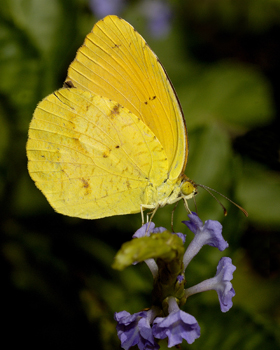
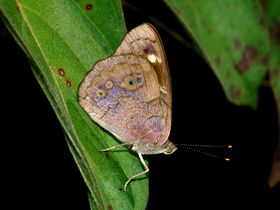
Thanks to Mickey Wheeler for her Sleepy Orange and to Ron Nuehring for a Florida White before they went missing, a Dingy Purplewing (also MIA), and a Lyside Sulphur.
Over a dozen of our members were active with the FNAI surveys of imperiled butterflies.
To learn more about FNAI visithttp://www.fnai.org.
What can NABA members do?
There are several more ways in which members can contribute to our conservation agenda:
Hands-on help for butterfly habitats, parks, and natural areas
Unbelievable as it seems, trash dumping in national parks is the choice of some residents and businesses, including heavy, harmful industrial debris such as discarded tires. The Miami Blue Chapter thanks Gary Pappas for facilitating the removal of dumped tires from the Chekika unit of Everglades National Park, one of South Florida’s richest butterfly areas. Read more.
Conservation/ advocacy letters
Our Conservation Chair alerts us to situations in which citizen letters and emails to government agencies and/or politicians are needed; he supplies the talking points, but it’s important that these letters and emails are in an individual’s own style. We need letter writers and emailers from time to time who can turn around a short letter quickly.
Conservation meetings
Our Conservation Chair attends many meetings in South Florida related to butterfly issues; at times he is unable to cover a given meeting and needs a stand-in. You would be well briefed in order to know the background of issues and what’s going on. However, you would not be expected to speak, but only to represent MBC, and take careful notes.
The Miami Blue Chapter President and Vice President for Conservation participate with the Imperiled Butterflies Work group, and interested members are encouraged to take part.

